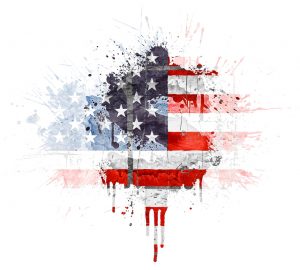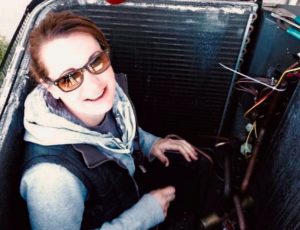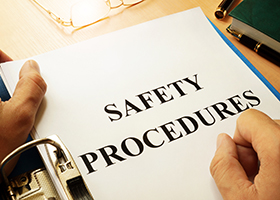Unions have made great strides in securing higher wages with benefits, safer working conditions and better working hours for more than 224 years. A union is an organized group of workers that have come together to make decisions about working conditions and advocate for the worker.
More than 14 million workers are a part of 60 unions in the United States. These unions include HVAC technicians, electricians, teachers, miners and bakers, to name just a few.
 First unions triple wages, fight for dignity for all
First unions triple wages, fight for dignity for all
The earliest union was the organization of Federal Society of Journeymen Cordwainers (shoemakers) in Philadelphia in 1794 to protest a reduction in wages. In the 19th century, trade unionism was mainly seen among skilled workers.
Half of one of the most well-known unions, American Federation of Labor (AFL) formed in December 1886 to represent all workers, irrespective of skill, race, religion, nationality or gender. The other half, the Congress of Industrial Organizations (CIO), was established in 1938 after beginning as the Committee for Industrial Organization in 1935 to serve members in auto, rubber, steel and other basic industries. The two groups came together in 1955 to form what is known today as the AFL-CIO.
Advocacy for the worker tripled wages in manufacturing industries by 1970 and the organization played a crucial role in the civil rights movement, demanding dignity for all working people.
Early United Association (UA) advocates 8-hour day, ends child labor
As the AFL was gaining ground in the 1880’s, the United Association was also born during this time to represent plumbers, steamfitters and gas fitters.
Delegates of various pipe-trades locals established the International Association of Journeyman Plumbers, Gas Fitters and Steamfitters and Steamfitters Helpers of the United States and Canada in 1884, less than 20 years after the Civil War.
On October 11, 1889 this International Association banded together with various independent unions and what was left of the Knights of Labor, and formally founded the United Association we know today. Started as a secret society of tailors in Philadelphia that began in 1869 to advocate for the eight-hour work day, the end of child labor, equal pay and income tax reforms, the Knights were unusual for their time, accepting workers of all skill levels and both sexes; blacks were included in segregated locals after 1883.
In 1897, the UA aligned with the AFL. Today, the UA is one of the strongest forces within the Building and Construction Trades Department of the AFL-CIO.
The UA boasts a membership of 340,000 and represents those in the HVAC-R, plumbing and pipe fitting trades.
Unions improve benefits, education
The robust benefits package that members enjoy today began when UA established a comprehensive benefit package that included sick, death and strike benefits in 1902. Benefits have grown since then to include pre-negotiated wages that are above industry average, paid time off with holidays, health benefits that include medical, dental and vision coverage, annuity and pension funds and access to a credit union.
In the first half of the century, the UA formalized apprenticeship training programs, including making a five-year apprenticeship mandatory in 1921, and in 1938 holding that all apprentices be members of the United Association and attend related training classes.
Today, apprentice training includes 9,000 hours of instruction that is a mix of classroom learning and hands-on in the field beside an experienced journeyman. Journeyman also participate in continuing education classes.
HVAC Unions in New Jersey
The HVAC/R Division of the UA of New Jersey is made up of tradespeople from four union locals with 1,300 members in the air conditioning and refrigeration division.
Local 274 was established July 20, 1901 in Jersey City. The Local represents workers in Hudson, Bergen, Morris, Passaic, Sussex and parts of Warren counties.
Local 475 was founded in Newark on August 3, 1904 and has assisted with the construction of Budweiser, Johnson and Johnson, Merck, Pfizer and chemical plants, such as Dupont. It serves members south of Local 274 and north of Local 9.
Local 322 was established November 17, 1912 in Camden and now serves members all the counties in South Jersey, including parts of Burlington and Ocean counties. Members have worked on projects such as Atlantic City casinos, Campbell’s, and petrochemical plants.
Local 9 was established June 28, 1977 after the UA combined six smaller Locals into one Local that represents members throughout seven central New Jersey counties.
Find the Local nearest to you and discover opportunities only the union can provide. Hear about the benefits of union from some of the members.





